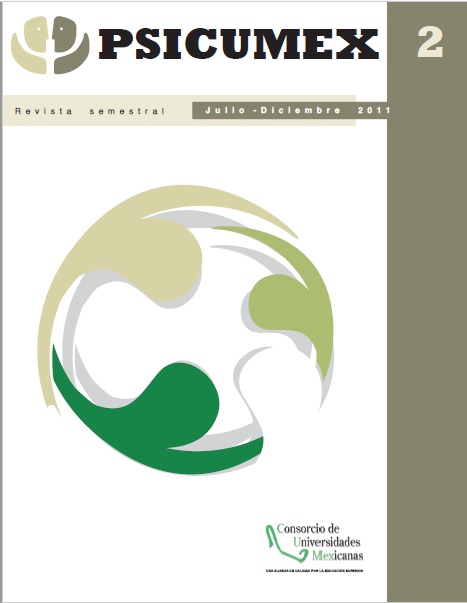Abstract
The present report studied the differences between people with and without diagnosis of Hypertension (HT), in their Medical Risk Factors (MRF), Lifestyle (LS) and levels of Anger. It was applied the MRF and LS Questionnaire , developed for this research, it was taken anthropometric measures to a purposely selected sample of 246 subjects entitled to a private health system from Yucatan, with an age range of 25-65 years (=44.30 y σ= 10.66) of which 35.4% were male and 64.6% were women. Statistically significant association were found between diagnosis of Hypertension, Diabetes (X2 (1)= 14.05, p ≤ 0.05) and presence of Family Hypertension (X2 (1) = 7.73, p ≤ 0.05). Variables LS and other MRF behaved similarly in groups of people with Hypertension and without it. It’s possible that LS function as Hypertension exacerbating and not as causal agents. Even HT and Diabetes are closing relational; it does not seem to be a hereditary link between them.
References
Hernández, R. (2005). Tratamiento de Hipertensión arterial esencial estadio III, monodosis de nifedipino 30 mgvs atenolol 50 mg/clortalidona12.5 mg. Revista de la Facultad de Medicina UNAM; 48(4) 134-138. Recuperado el 16 de marzo de 2010, de http://www.ejournal. unam.mx/rfm/no48-4/RFM48403.pdf.
Instituto Nacional de Salud Pública. (2006). Encuesta Nacional de Salud y Nutrición. Recuperado el 16 de marzo de 2010, de http://www.insp.mx/ensanut/.
Monotya, E. y Osorio, C. (2006). Variables psicológicas, relacionadas con hipertensión controlada y no controlada en un grupo de pacientes hipertensos adscritos a la IPS punto de Salud Robledo – Susalud EPS- en el año 2005. Recuperado el 15 de marzo de 2010, de http://www.susalud.com/memorias_prestadores/ factores_hta_cont_no_cont.pdf
National Heart Lung and Blood Institute. (2008). ¿Qué es la presión arterial alta? Recuperado el 9 de noviembre de 2011, de http://www.nhlbi.nih.gov/health-spanish/health-topics/temas/hbp/
Organización Mundial de la Salud [OMS]. (2010). Diabetes. Recuperado el 2 de octubre de 2011, de http://www.who.int/mediacentre/factsheets/fs312/es/index.html
Organización Mundial de la Salud [OMS]. (2010). Enfermedades cardiovasculares. Recuperado el 2 de octubre de 2011, de http://www.who.int/mediacentre/factsheets/fs317/es/index.html
Rosas, M., Pastelín, G., Vargas-Alarcón, G., Martinez-Reding, J., Lomelí, C., Mendoza-Gonzales, C., et al. (2008). Guías clínicas para la detección, prevención, diagnóstico y tratamiento de hipertensión arterial sistémica en México. Arch Cardiol Mex; 78 (2) 5-57.
Silberberg, Ch. (2010). Enfermedad renal. Recuperado el 2 de octubre de 2011, de http://www.nlm.nih.gov/medlineplus/spanish/ency/article/000457.htm
Velazquez-Monroy O., Rosas-Peralta M., Lara-Esqueda A., Pastelín-Hernandez G., Attie F.,Tapia-Conyer R. (2002). Arterial hypertension in Mexico: results of the National Health Survey 2000. Arch Cardiol Mex; 72, 71-84. Recuperado el 18 de marzo de 2010, de http://www.ncbi.nlm.nih.gov/pubmed/11933703
World Healt Organization [WHO]. (2004). Comparative Quantification of Healt Risk, Geneva: WHO

This work is licensed under a Creative Commons Attribution-NonCommercial-NoDerivatives 4.0 International License.
Copyright (c) 2011

